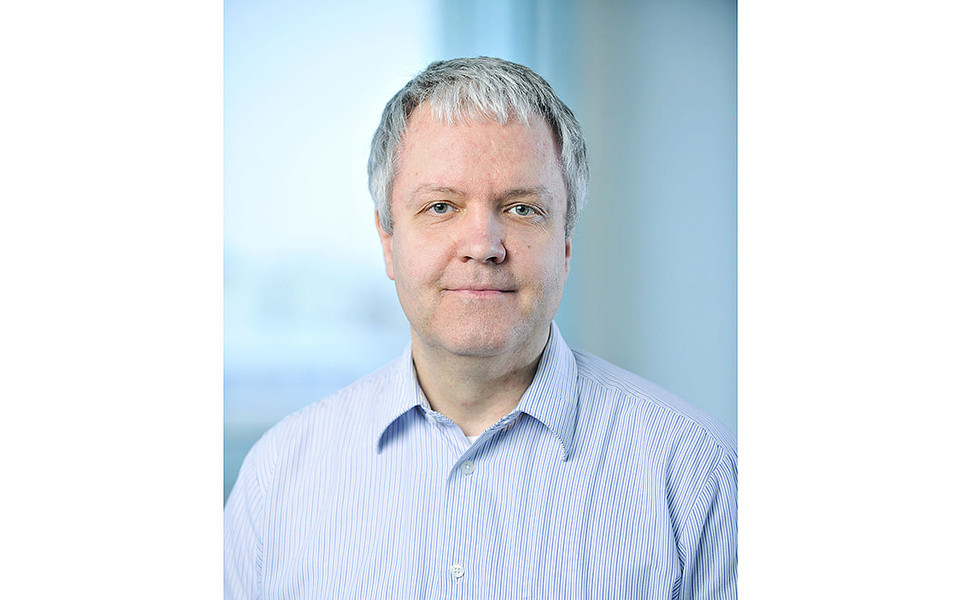
The Bachmair group studies the molecular mechanisms that help plants to thrive even if environmental conditions are not optimal, knowledge that is essential to improve food quality. To adapt to environmental stress, plant cells first need to process outside signals. This signal transduction involves modifying proteins already present in the cell. Andreas Bachmair’s research focuses on two regulatory proteins, called Ubiquitin and small-ubiquitin-related modifier (SUMO), which can be appended to other proteins for signalling purposes.
Both regulators are involved in homeostatic mechanisms that help plants to correctly adapt to a changing environment, for example flood or salt stress. Andreas Bachmair has made numerous contributions to ubiquitin and SUMO signalling in plants. His current projects focus on the “N-end rule”, a Ubiquitin code that helps to remove certain proteins during environmental stress, signalling or differentiation.
Andreas Bachmair finished his PhD at the University of Vienna and started his career as a Postdoctoral Fellow at the MIT and the Max Planck Institute for Plant Breeding research in Cologne, Germany. After holding assistant and associate professorships at the Institute of Botany of the University of Vienna he became group leader at the MPI, a position he held until 2008. He then returned to Vienna as group leader and associate professor at the Max F. Perutz Laboratories.